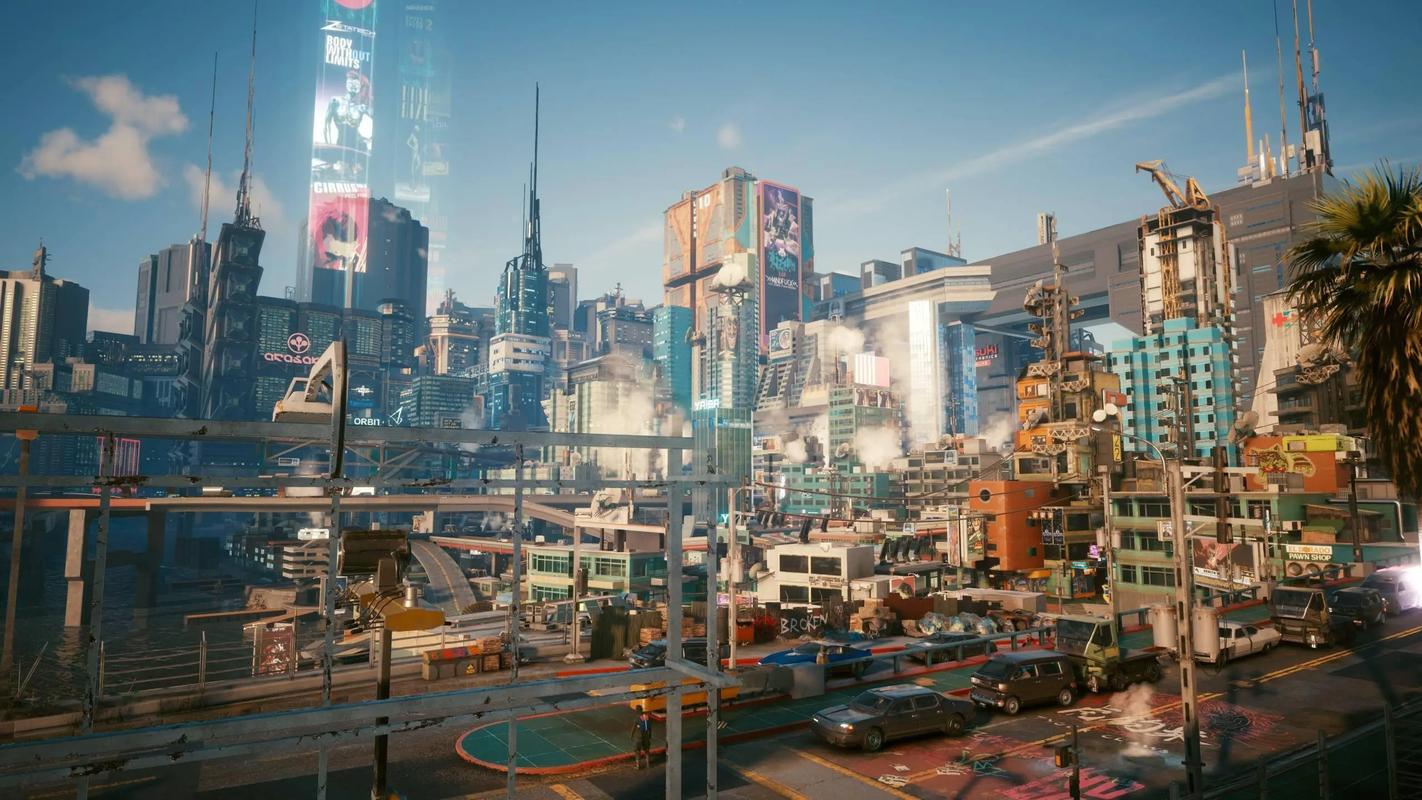The Next Frontier: How AAA Games Are Redefining Immersive Experiences
The landscape of AAA gaming is on the cusp of a paradigm shift. For decades, the primary vectors of evolution have been graphical fidelity and scale—higher resolutions, more polygons, and vast open worlds. While these pursuits continue, the next great leap in blockbuster gaming is not just about what we see, but how we feel and interact within these digital realms. The future of AAA game news will be dominated by a relentless drive toward deeper, more seamless, and profoundly personal immersive experiences. This evolution is being powered by a convergence of emerging technologies and bold new design philosophies that promise to blur the line between player and protagonist like never before.
1. The Rise of Hyper-Realistic Simulation and Persistent Worlds
The pursuit of photorealism will soon give way to a more holistic goal: behavioral realism. Future AAA titles will move beyond static, beautiful worlds to create living, breathing ecosystems. Powered by advances in AI and cloud computing, non-playable characters (NPCs) will cease to be scripted entities with limited dialogue trees. Instead, they will possess their own goals, memories, and daily routines independent of the player. Imagine a game where a shopkeeper you wronged early in your journey remembers your transgression dozens of hours later, influencing an entire faction’s attitude toward you. This level of persistent consequence, driven by complex AI systems like large language models (LLMs) integrated locally for real-time response, will create narratives that are uniquely personal to each player.
Furthermore, the concept of the "persistent world" will evolve. Games will increasingly adopt a "live service" model not just for monetization, but for continuous world-building. Dynamic events will shape the game environment in real-time. A storm might permanently alter a coastline, or a player-driven event could lead to the rise or fall of a major city, with these changes reflected for every player on the server. This creates a shared, evolving history that makes the game world feel truly alive and beyond the control of any single player.
2. The Sensory Revolution: Haptics, 3D Audio, and Beyond
Visuals are only one channel for immersion. The next generation of hardware is focusing on engaging our other senses. Advanced haptic feedback is at the forefront. The technology, pioneered by the PlayStation 5's DualSense controller, which can simulate everything from the tension of a bowstring to the patter of rain, is just the beginning. We are moving toward full-body haptic suits that can translate in-game events into physical sensations—the thud of an arrow hitting shield, the rumble of a nearby dragon’s roar, or the gentle brush of virtual foliage.
Complementing this is the critical role of 3D spatial audio. With headphones becoming more sophisticated, audio will be used not just for atmosphere but for vital gameplay information. Pinpoint accuracy in hearing an enemy’s footsteps from above or the faint whisper of a hidden clue will be essential. Future games will use binaural audio to create a soundscape that is indistinguishable from reality, anchoring the player firmly in the space.
Looking further ahead, experimental technology like olfactory devices (smell generators) and neural interfaces, while still in infancy, hint at a future where games can engage our sense of smell or even translate neural signals into in-game commands, moving beyond physical controllers entirely.
3. The Seamless Merge of Gameplay and Narrative

The classic divide between "gameplay" and "cutscene" is dissolving. The future of AAA immersion lies in eliminating these disruptive transitions. Techniques like in-engine rendering, continuous camera perspectives (as seen in games like God of War), and player-controlled dialogue during action sequences are becoming standard.
The next step is systemic storytelling, where the narrative emerges organically from gameplay rather than being imposed upon it. Your chosen playstyle—stealth, combat, diplomacy—will not just change the ending but will fundamentally alter how the story unfolds moment-to-moment. The world will react to your actions not through pre-scripted events, but through a rules-based AI system that generates believable consequences on the fly. There will be no "mission failed" screens; failure will simply become a branch in a dynamic, unfolding story.
4. The Platform-Agnostic Cloud and The Metaverse Question
Cloud streaming technology, despite current latency hurdles, is the key to truly ubiquitous AAA gaming. The future promises a world where photorealistic, massively complex worlds are accessible on any device, from a smartphone to a TV, without the need for a $500 console. This democratization of access will massively expand the audience for immersive experiences.
This inevitably leads to the concept of the "metaverse." While the current hype is often focused on VR-centric social spaces, the true AAA contribution will be in building compelling, narrative-driven worlds within an interconnected framework. Future games might exist as persistent continents within a larger digital universe. Your character, progression, and inventory could travel between them, and events in one game could have ripple effects in another. This interconnectedness, if executed with a focus on player agency and fun rather than pure commerce, could represent the ultimate immersive experience: a digital life.
Conclusion: The Player as the Protagonist
The common thread weaving through all these trends is a fundamental shift in design philosophy: from the player controlling a character to the player inhabiting a character and a world. It’s a move from spectacle to simulation, from observation to embodiment. The challenges are immense—ethical AI use, data privacy, technological barriers, and avoiding player fatigue—but the direction is clear.
The future of AAA gaming is not just about bigger worlds, but smarter ones. It’s about worlds that see us, hear us, remember us, and react to us in ways that feel authentic and meaningful. The ultimate goal is to create stories that are not just told but are truly lived, making the player the undeniable heart of every experience. As these technologies mature and converge, the line between our reality and the game’s will become ever more tantalizingly thin.
















